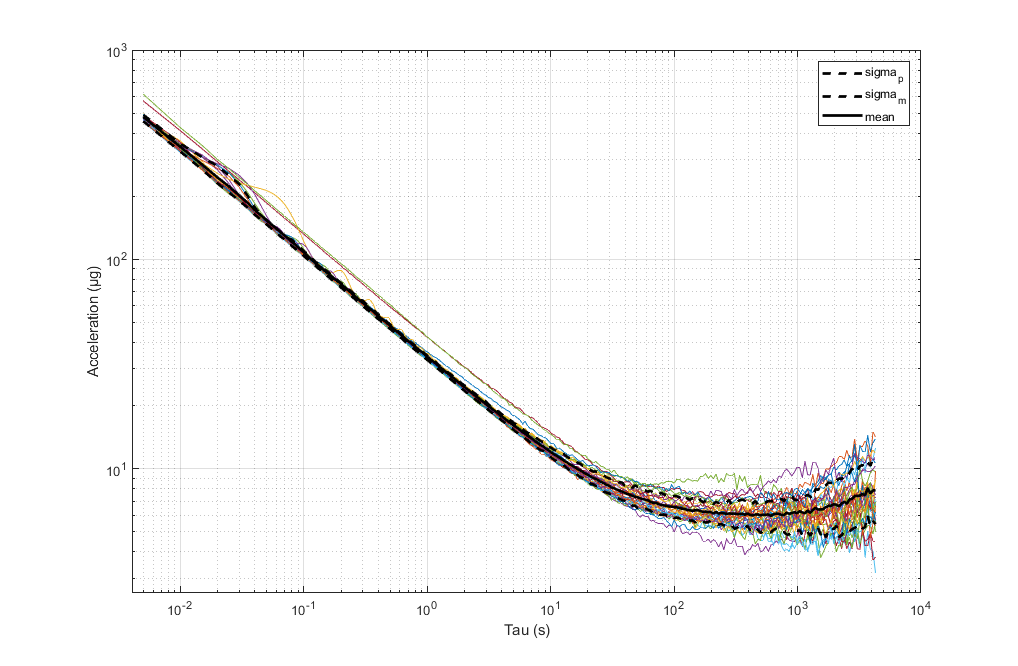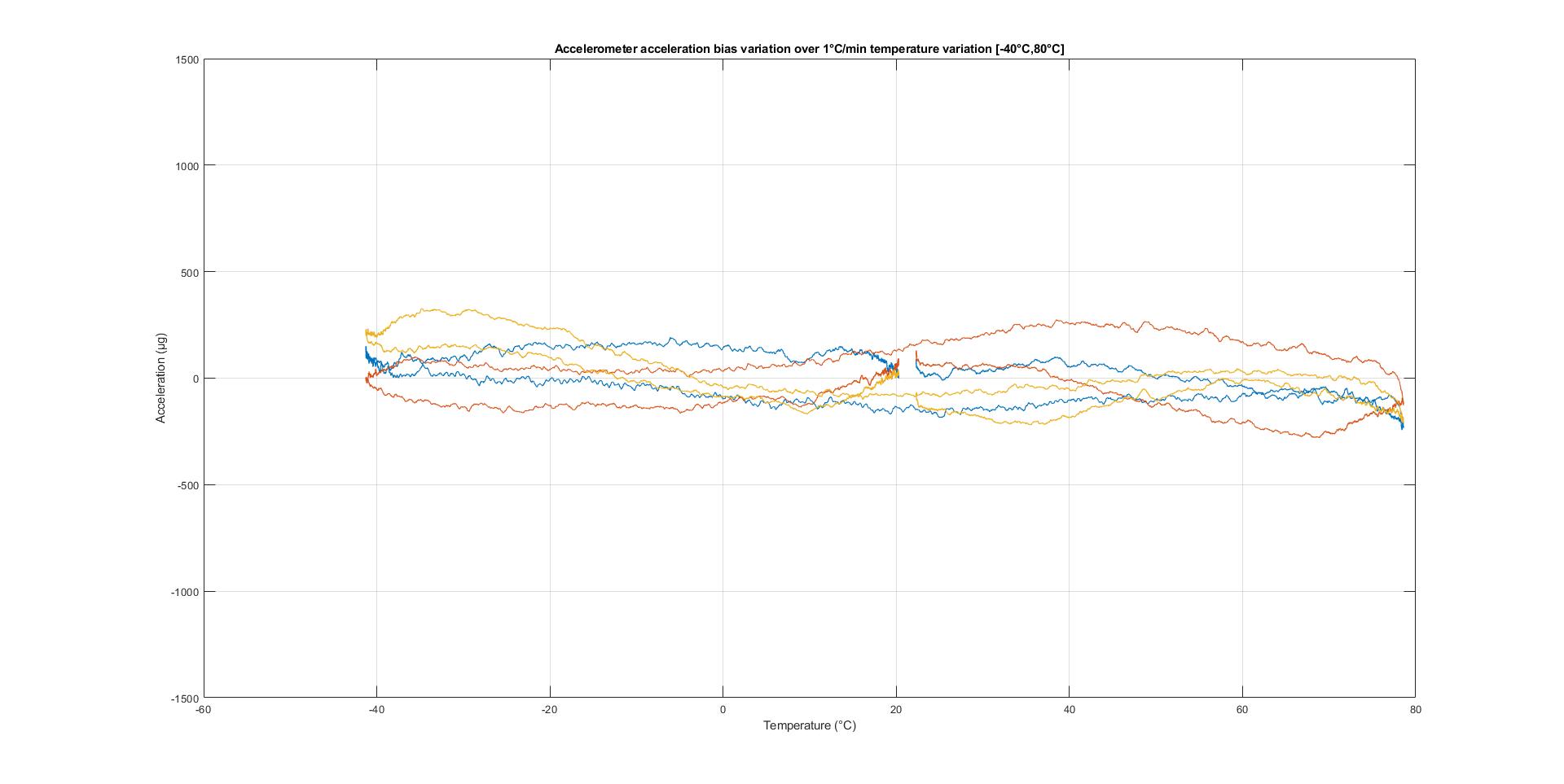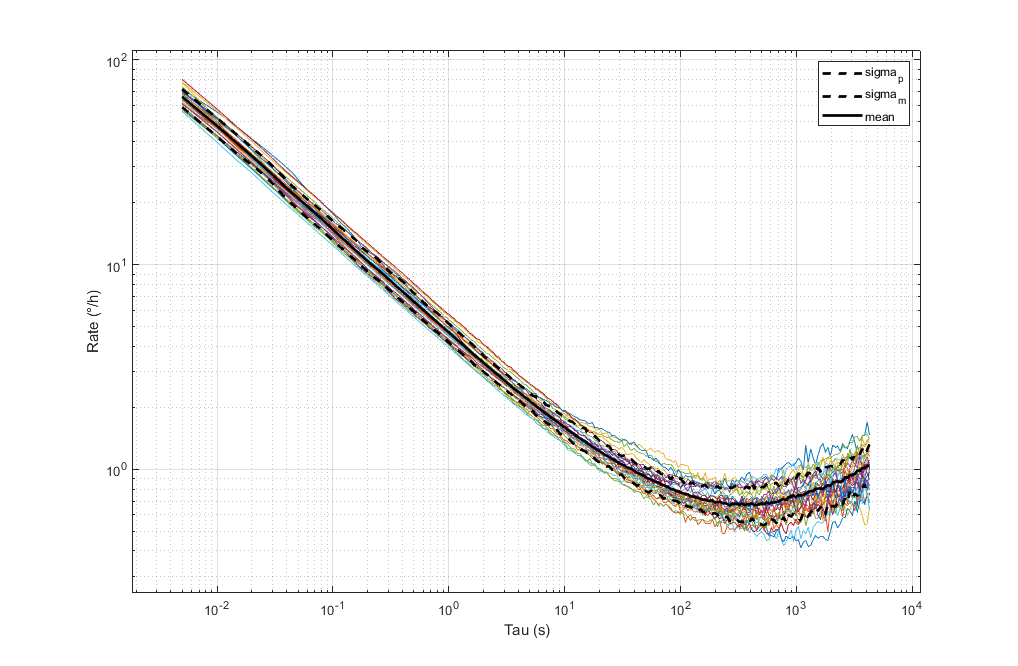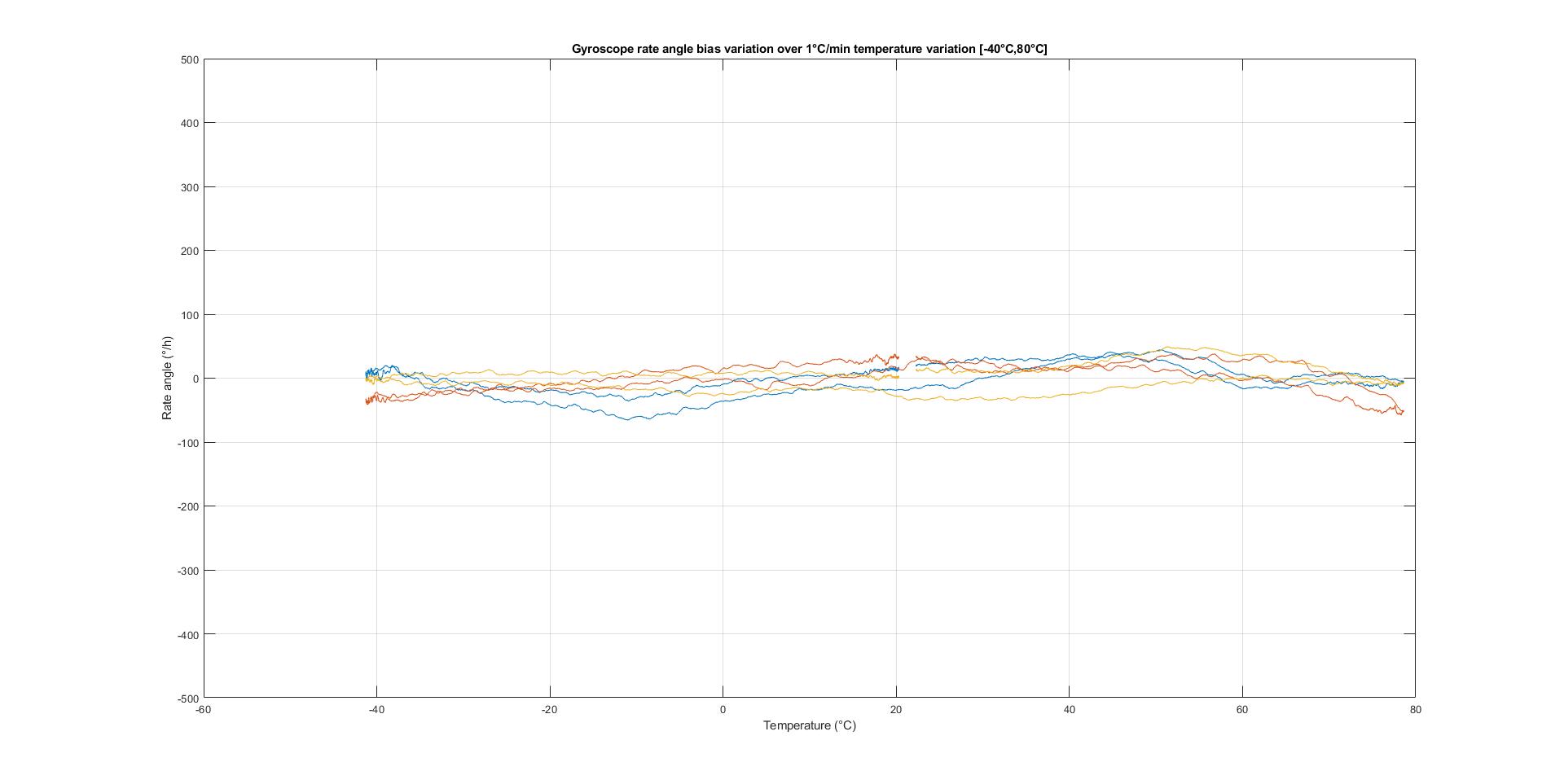Download PDF
Download page Performance specifications.
Performance specifications
Pulse-40 specifications have been defined, validated and qualified over -40°C to +85°C and in all conditions (thermal, vibrations, shocks and lifetime). The performance parameters presented in this document express typical (1 σ), and 3 sigmas specifications.
Each Pulse-40 Inertial Measurement Unit is carefully calibrated over the whole temperature range using a high precision two axis motion simulator (see knowledge center). The IMU performance is then validated 24hours after the calibration at several temperature points with a two axis rate table to ensure that no performance deviation is observed.
This rigorous manufacturing process guarantees consistent results over lifetime and in all environmental conditions. Advanced filtering techniques are also used to allow PULSE-40 sustains difficult vibrating environments.
The following specifications are applicable over the full temperature range -40 to 85°C and RH < 80% unless stated otherwise.
Accelerometers specifications
| Typical | Units | Notes | |
|---|---|---|---|
| Measurement range | ±40 | g | |
| Scale Factor error | 300 | ppm | Over ±1g, one year accelerated aging |
| Non-linearity (ppm of FS) | 25 | ppm | Over ±1g, one year accelerated aging |
| Long-term bias repeatability | 1000 1250* | µg | One year accelerated aging |
| In-run bias instability | 6 | µg | Allan Variance method, constant temperature |
| Velocity Random Walk | 0.02 | m/s/√h | Allan Variance method, constant temperature |
| Noise spectral density | 40 | µg/√Hz | Wide-band noise ]0 to 100] Hz |
| Misalignment | 0.34 | mrad | Over temperature range |
| Orthogonality | 0.07 | mrad | Over temperature range |
| Vibration Rectification Coefficient (VRC) | 0.03 | mg/g² | 10g RMS - random vibrations 20Hz to 2kHz |
| Bandwidth | 480 | Hz | -3dB point |
| Sampling rate | 4.0 | kHz |
* To comply with dual use export regulation, the standard range variant of the PULSE-40 has a bias superior to 1250µg
Gyroscopes specifications
| Typical | Units | Notes | |
|---|---|---|---|
| Measurement range | ±490 ±2000 * | °/s | 490 °/s is the default range. |
| Scale Factor error | 1000 | ppm | One year accelerated aging |
| Non-linearity (ppm of FS) | 25 | ppm | One year accelerated aging |
| Long-term bias bias repeatability | 250 | °/h | One year accelerated aging |
| In-run bias instability | 0.8 | °/h | Allan Variance method, constant temperature |
| Angular Random Walk | 0.08 | °/√h | Allan Variance method, constant temperature |
| Noise spectral density | 5.0 | °/h/√Hz | Wide-band noise ]0 to 100] Hz |
| Misalignment | 0.34 | mrad | Over temperature range |
| Orthogonality | 0.07 | mrad | Over temperature range |
| Vibration Rectification Coefficient (VRC) | 0.02 | °/h/g² | 10g RMS - random vibrations 20Hz to 2kHz |
| Acceleration sensitivity | 10 | °/h/g | Tested over ±1g |
| Bandwidth | 480 | Hz | -3dB point |
| Sampling rate | 6.6 | kHz |
* Contact us for 2000°/s version. This product is export controlled.
Typical key figures
Accelerometers
Allan Variance
This drawing shows accelerometers Allan variance for 32x Pulse-40 accelerometers. More information on Allan Variance in the Knowledge center.
 Bias vs. Temperature Characteristic
Bias vs. Temperature Characteristic
The following drawing shows the behavior of the accelerometer bias over 1°C/min variation.

Gyroscopes
Allan Variance
This drawing shows gyroscopes Allan variance for 32x Pulse-40 gyroscopes. More information on Allan Variance in the Knowledge center.
 Bias vs. Temperature Characteristic
Bias vs. Temperature Characteristic
The following drawing shows the behavior of the gyroscope bias over 1°C/min variation.
